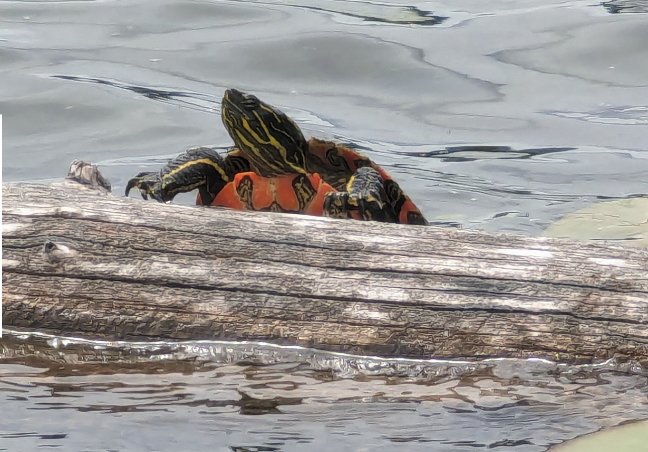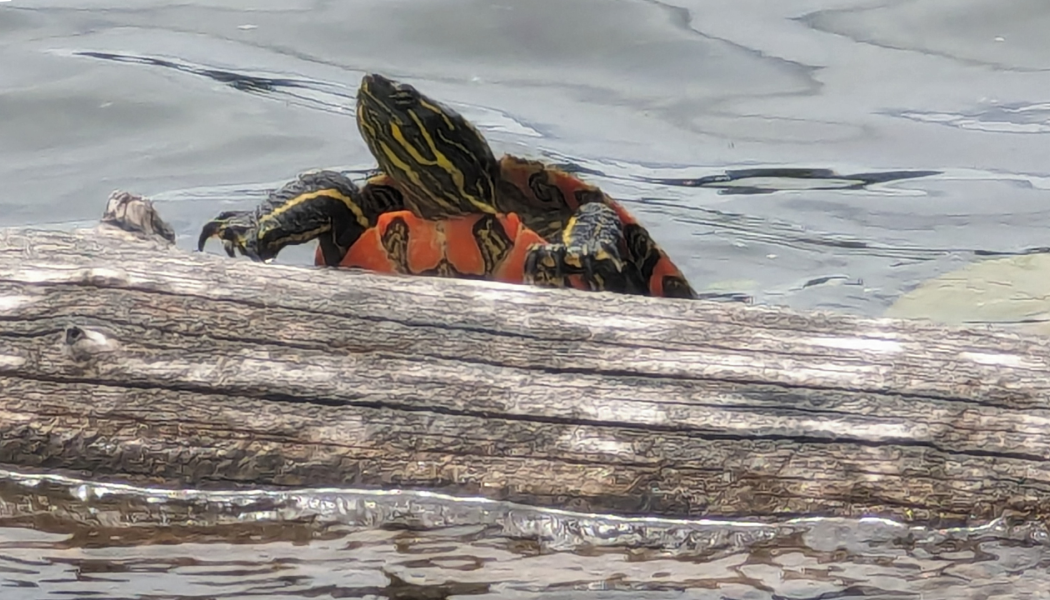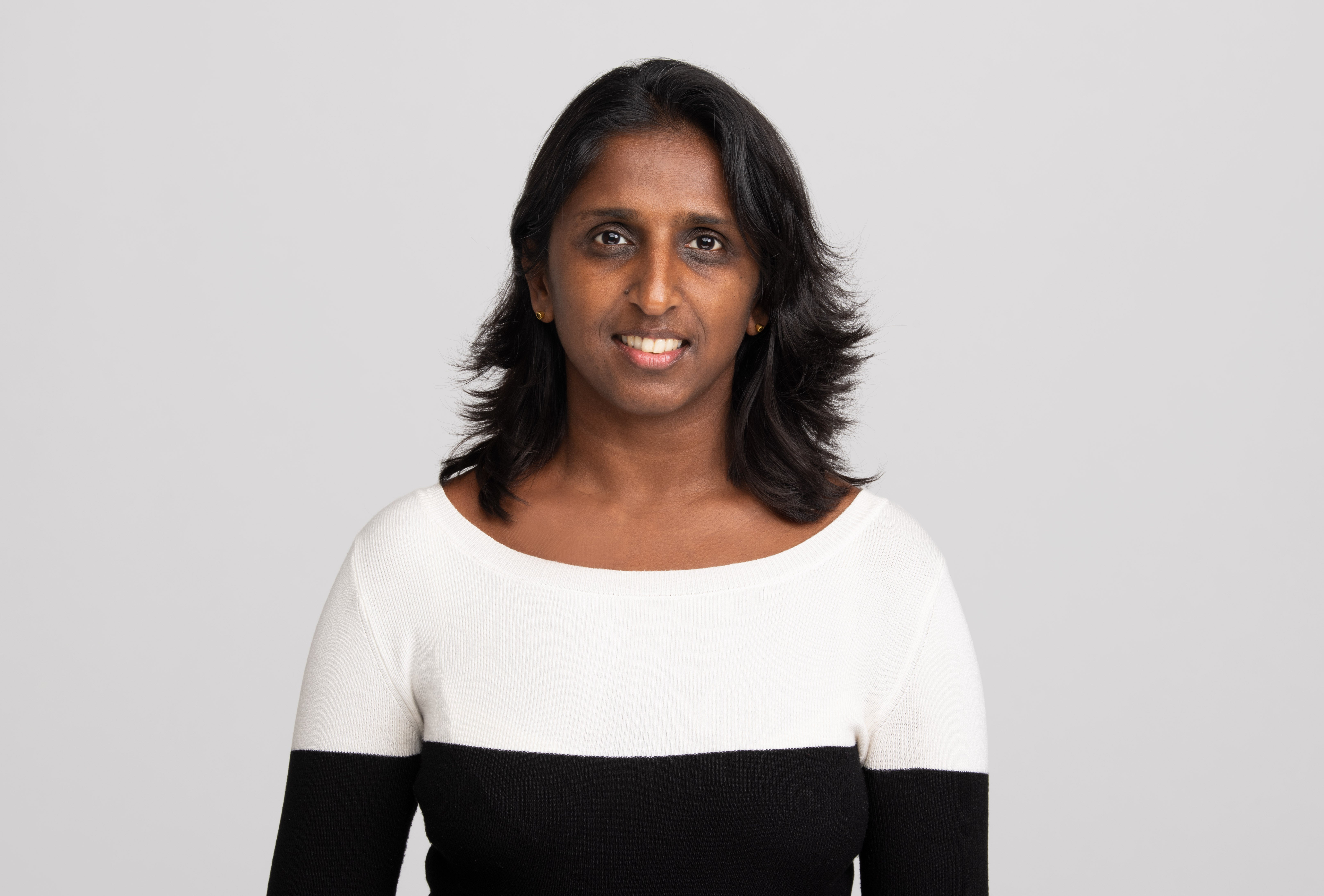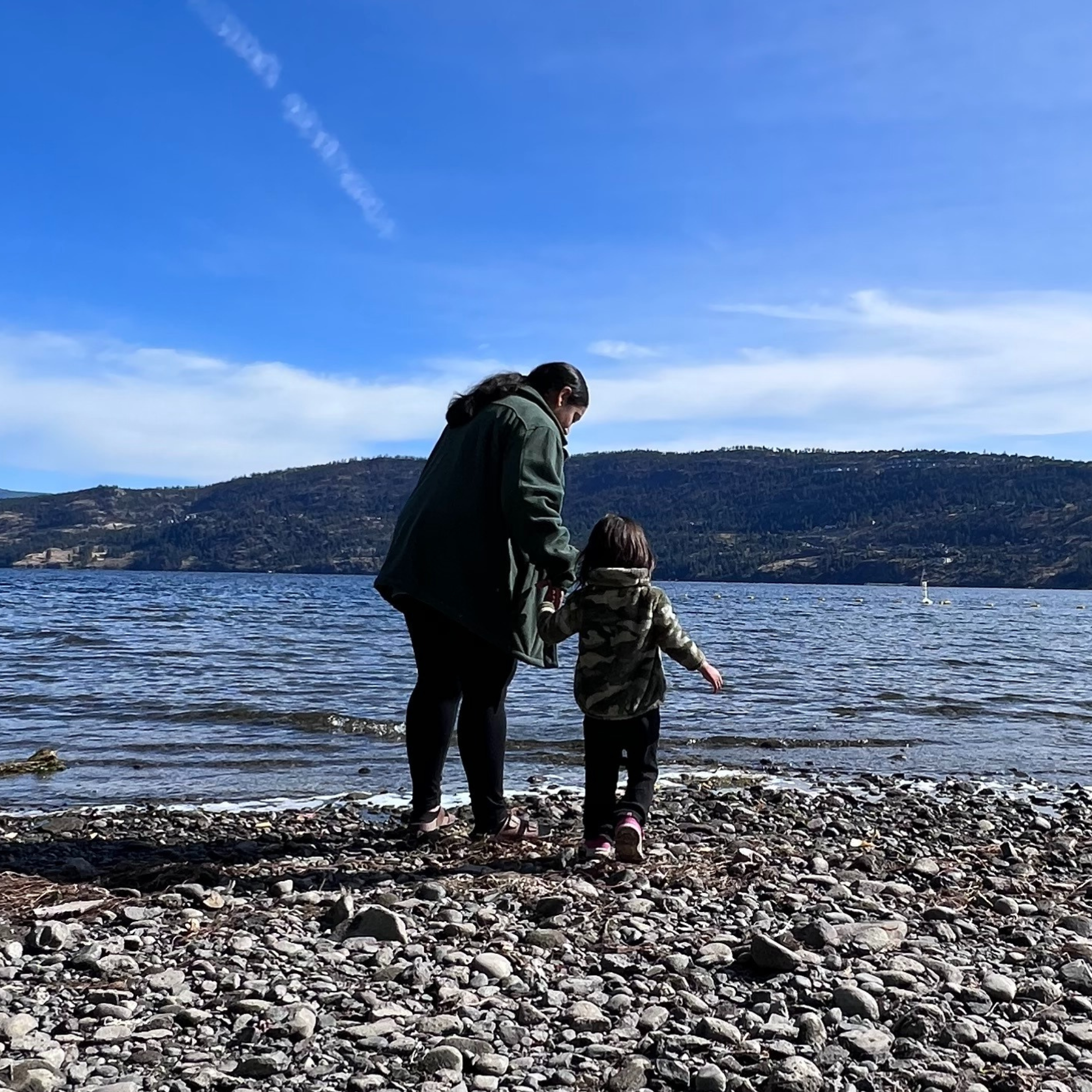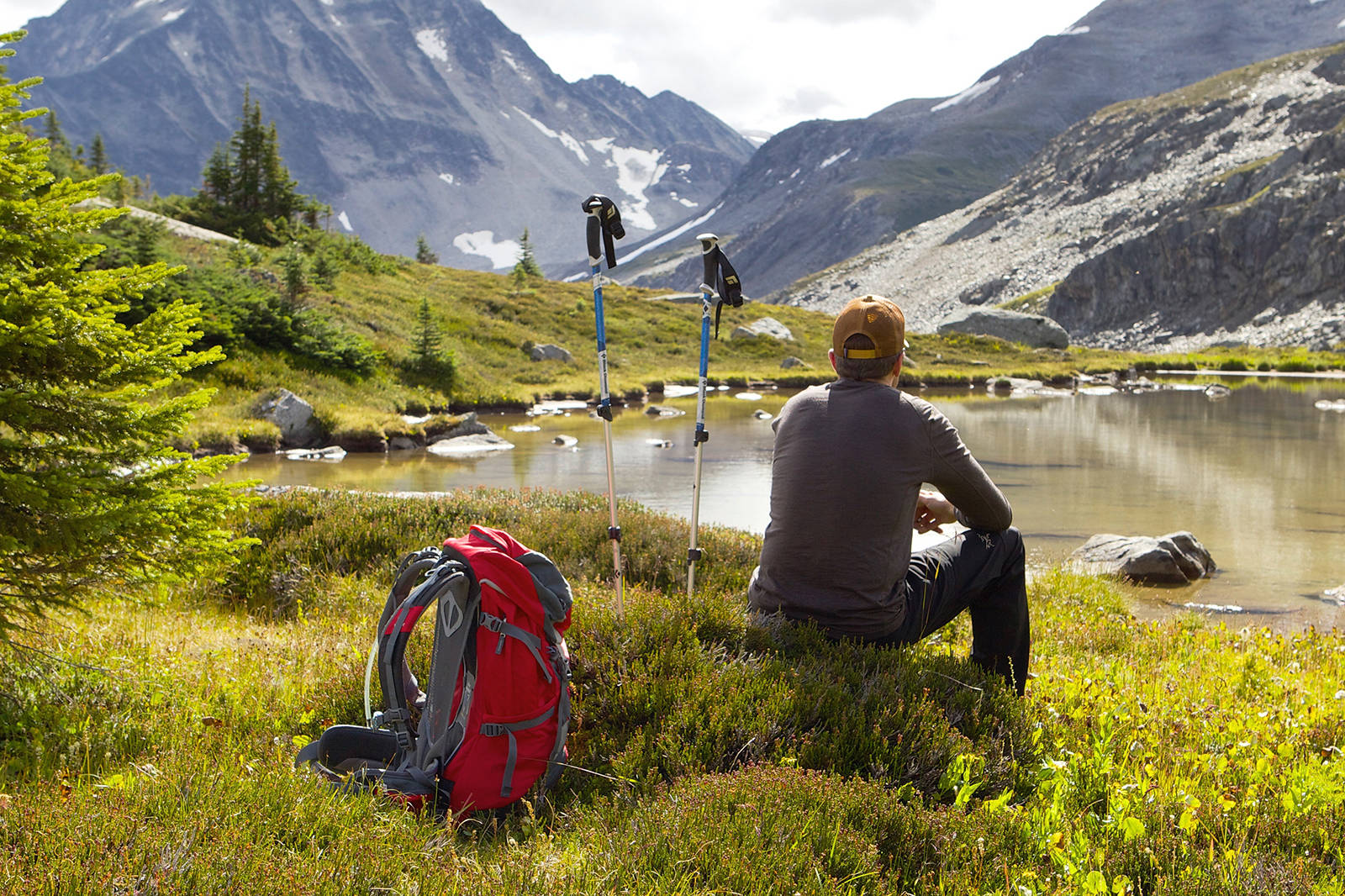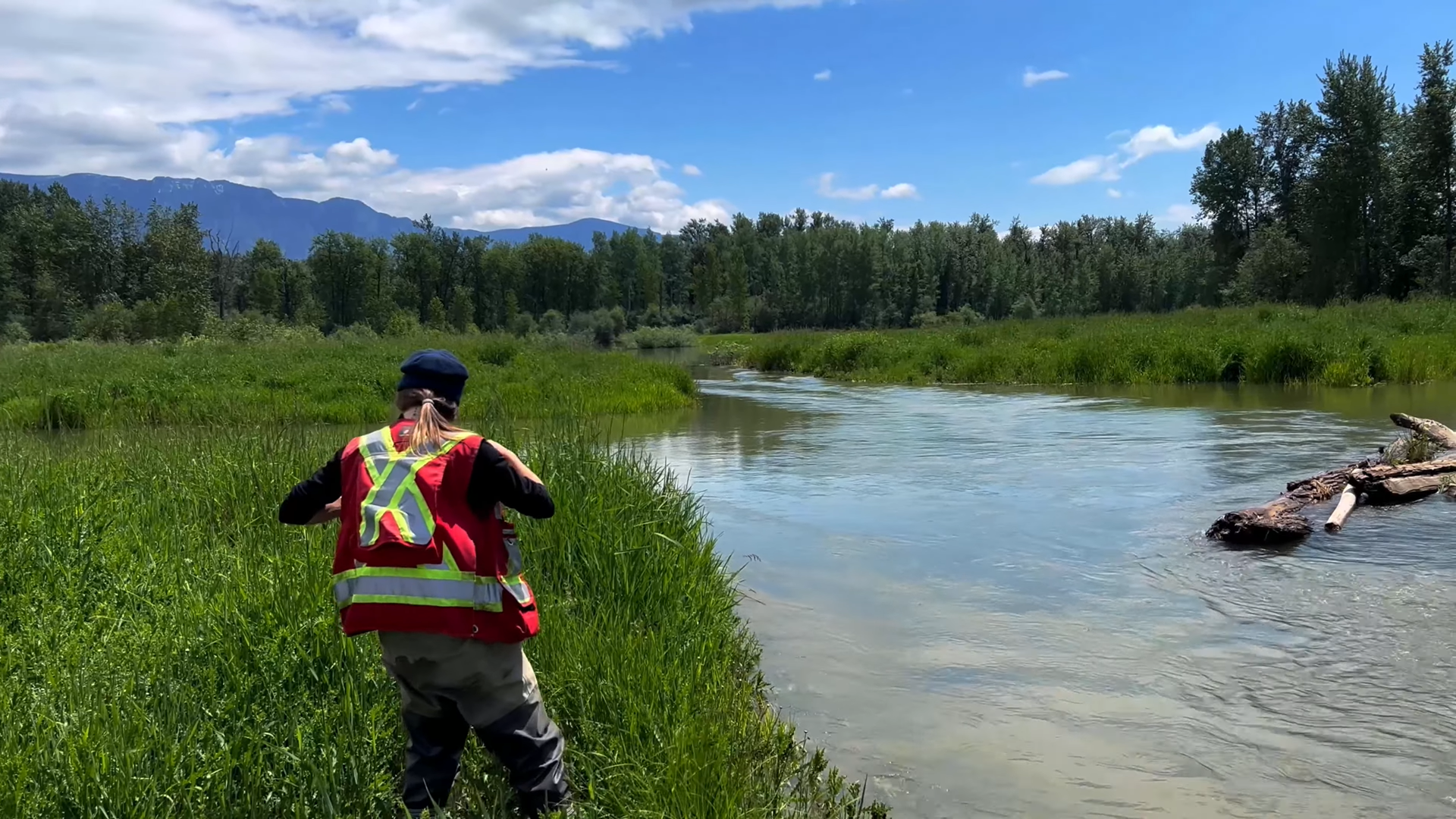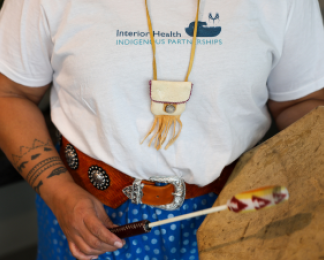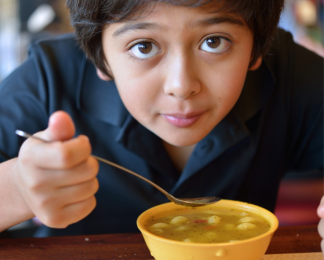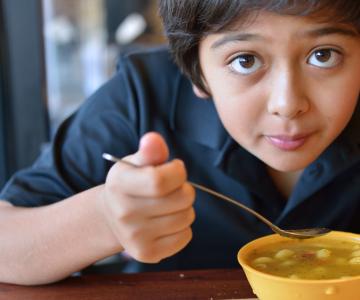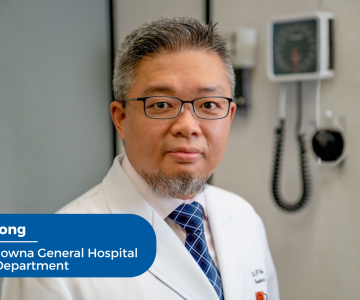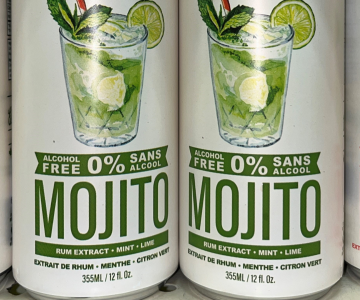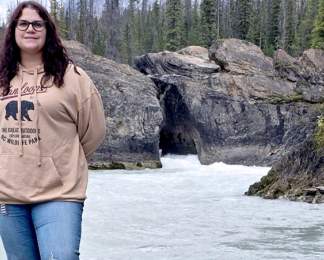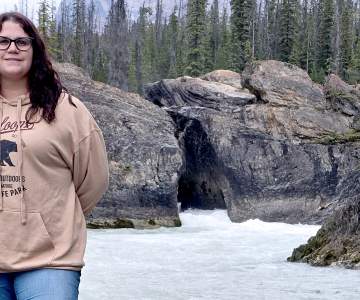Around the world, and closer to home, providing water for families for drinking, cooking, washing, bathing and hygiene usually falls on women’s shoulders. And inadequate access to water, sanitation and hygiene disproportionately affects women and girls. Yet women are typically under-represented at decision-making levels at institutions, organizations and government.
In honour of International Women’s Day (March 8) and World Water Day (March 22), we sat down with Dr. Charuka Maheswaran, a public health physician and medical health officer (MHO), and Glory Apantaku of the Population Health team with Interior Health (IH).
Not only are they changing conversations around climate, water and health, but they’re helping and supporting IH in delivering on the strategic priority of addressing climate change and sustainability.
We talked to them about their work, the deep connections between climate and health, and how they’re helping IH and our communities become more climate resilient.

